After a first ride experience in Thailand, we now got a chance to explore the capabilities of the TVS Apache RTR 310 on our streets.
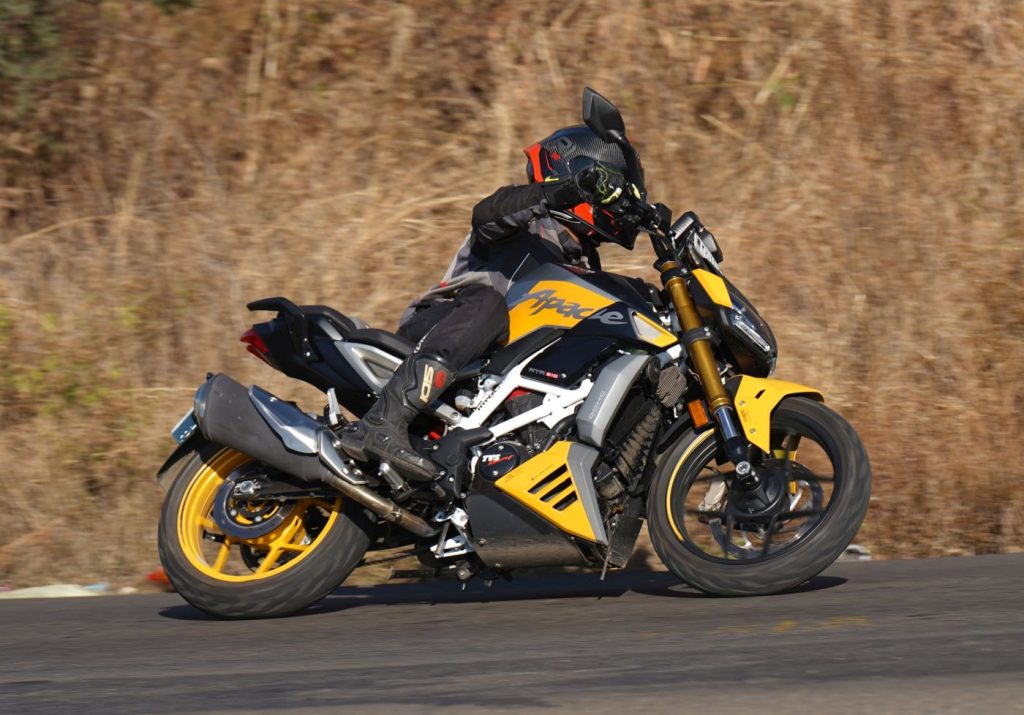
Story: Azaman Chothia
Photography: Apurva Ambep
The RR 310 has been around for quite a while now and many enthusiasts have been waiting for the naked version of the motorcycle. Finally launched last year, the TVS Apache RTR 310 brings the fight to the naked streetfighter segment. In terms of design, the Apache RTR 310 has some aggressive styling elements. At first glance, the sharp bodywork is what sets this motorcycle apart. At the front, the RTR gets a sleek LED headlight unit which is large and is the one element that does look a little disproportionate. The fuel tank is the same 11-litre unit and on the RTR, it is flanked by sharp panels. The bike makes use of the same chassis but gets an aluminium subframe at the rear compared to the steel trellis unit on the RR 310. The RTR gets a sporty split seat setup with an upswept rear end; it is a tail-tidy unit with the number plate mounted on the tyre hugger.
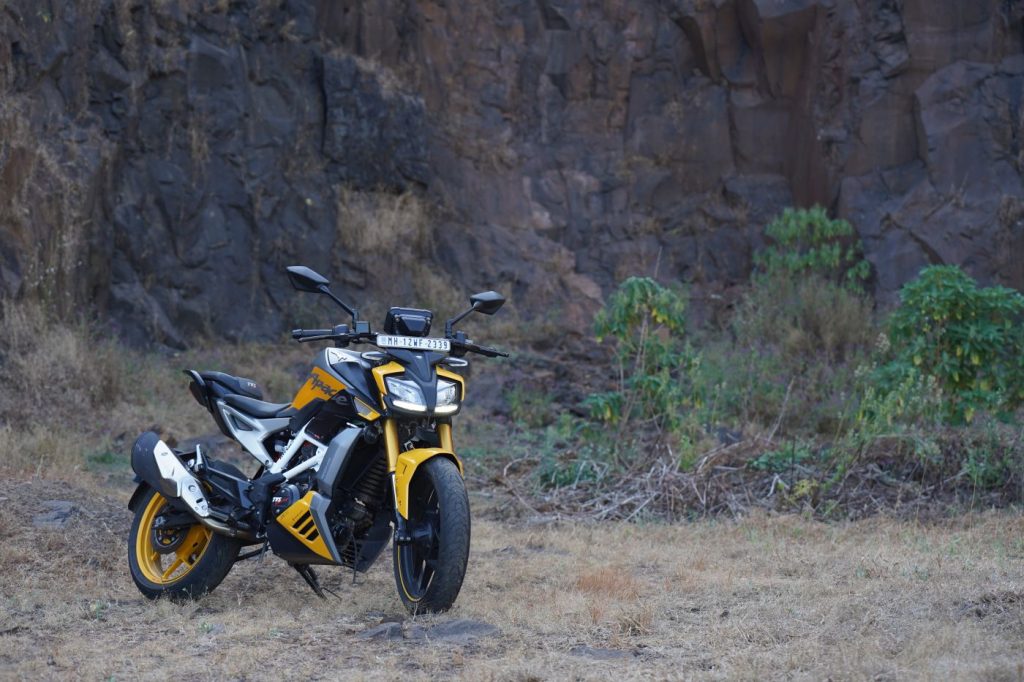
The Apache RTR 310 has relaxed ergonomics where the rider is placed upright with a flat handlebar unit that is set higher up. The footpegs are also slightly lower than those on the RR 310. The bike has a seat height of 800 mm which allows it to accommodate both shorter and taller riders. This is also an easy motorcycle to move around due to its light 169 kg kerb weight. Overall, this is a riding position that is comfortable for city and highway riding but doesn’t feel aggressive enough to tackle twisty roads.

Sitting within the frame is the familiar 312.2-cc, single-cylinder motor from the RR 310, but in a different state of tune and changes to the sprocketing. It puts out 35.6 hp at 9,700 rpm and a peak torque of 28.7 Nm at 6,650 rpm. This marks an increase of 1.6 hp and 1.4 Nm with the peak torque coming in 1,050 rpm earlier. The RR 310 uses a 17-tooth front and 42-tooth rear sprocket while the RTR 310 uses a 17-tooth front and 46-tooth rear. With all of these changes, the motor is very aggressive in the low-range rpms and it pulls strongly to the redline. It can get up to triple-digit speeds quickly but with the low gearing, I felt the need to shift up even when I was in sixth gear. To keep the ride experience a little less snappy in the city, riders can switch to the Urban or Rain mode where power is restricted to 27.1 hp at 7,600 rpm and a peak torque of 27.3 Nm at 6,600 rpm. A few vibrations creep in at around 7,000 rpm and that is also where the engine begins to feel slightly stressed. The clutch action is light and the gear shifts are slick. The quickshifter works extremely well and is surely something that we would like equipped on the RR 310, considering that it is the one going to be used more out on the race track. Additionally, while cruising in the city, the GTT (Glide Through Traffic) feature comes in the way of engine braking which is slightly unnerving. At higher speeds, this problem does not occur. I also wish that TVS had updated the exhaust unit for this model as it is the same one we see on the RR 310 and does look quite outdated on an otherwise futuristic-looking motorcycle.
The suspension setup comprises 41-mm USD front forks and a preload adjustable monoshock unit at the rear. The setup provides a rider with a plush ride quality as it can take on our road conditions easily. The RTR 310 handles very well, thanks to the capable chassis and the Michelin Road 5 tyres that are wrapped around the 17-inch alloy wheels. As mentioned earlier, the riding position is the only limitation as it is not aggressive enough. In the braking department, TVS has given the bike a 300-mm disc at the front and a 240-mm disc brake at the rear. The feel at the lever is sharp and the brakes have really good bite to get it to stop at an instant. The ABS is well calibrated and riders can opt to switch off ABS at the rear by engaging the supermoto mode.

Additionally, there is also a BTO (Built To Order) platform where riders can opt for three packages (Dynamic Kit, Dynamic Pro Kit, and Colour Kit). The Dynamic package includes fully adjustable front and rear suspension, a tyre pressure monitoring system, and a brass-coated chain. The Dynamic Pro Kit includes Dynamic Stability Control which is essentially cornering ABS as well as a seat that can be cooled or heated depending on the riding conditions. Finally, The colour kit includes a special Sepang Blue scheme that pays homage to 40 years of TVS Racing.
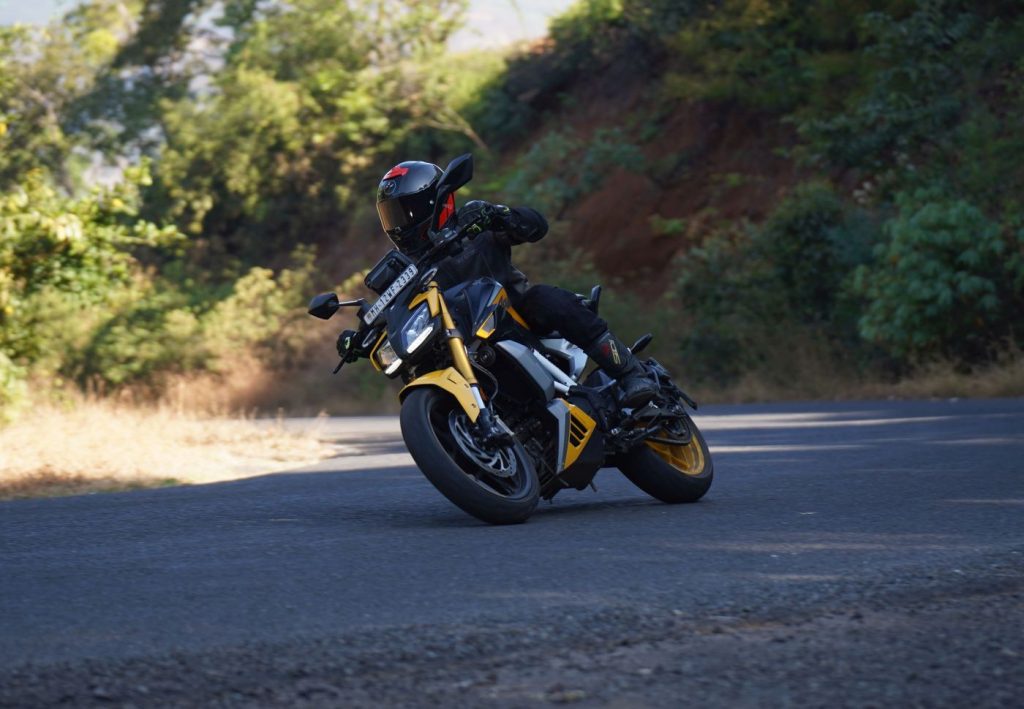
Overall, the RTR 310 is a capable motorcycle with quick acceleration, plush ride quality, good build quality, and a bunch of customization options. However, the nature of the engine might not be suited to tailor to everyone’s needs. I feel like this is a motorcycle that is ready for stunt riders straight out of the showroom especially because of how easily it can get that front wheel up in the air. With slight changes to the sprocket sizes, this would be a more friendly motorcycle for everyday use. We now hope that TVS decides to launch an ADV for the Indian market, which is what many new-gen customers are on the lookout for. Prices for the Apache RTR 310 range between Rs 2.43 lakh to Rs 2.64 lakh (ex-showroom prices) depending on the variant and colour scheme. The BTO kits can be purchased for an additional cost.
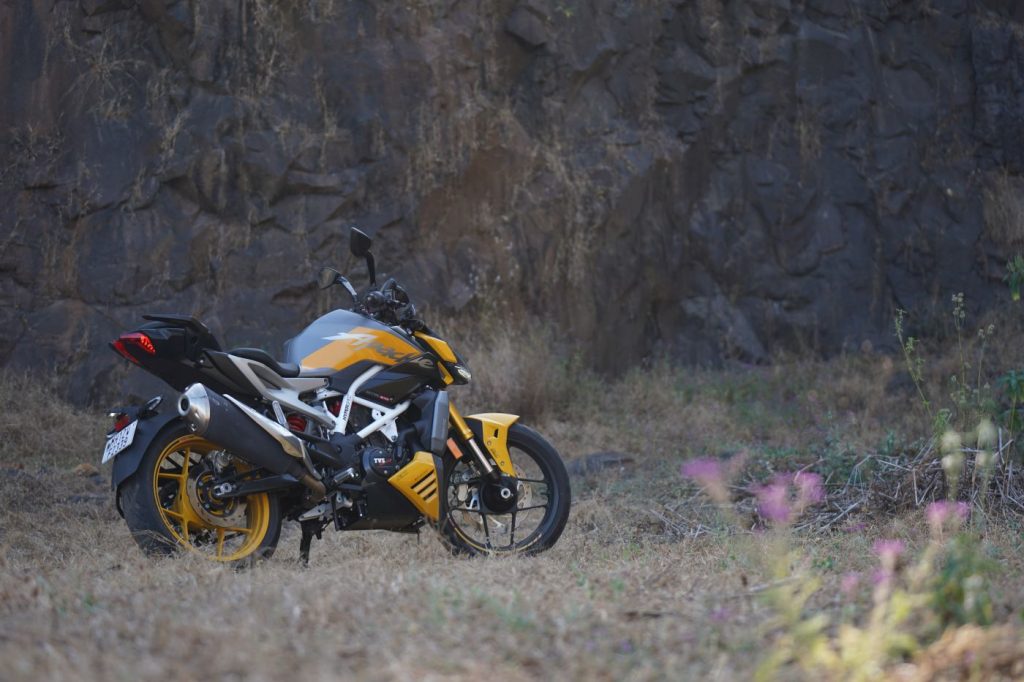

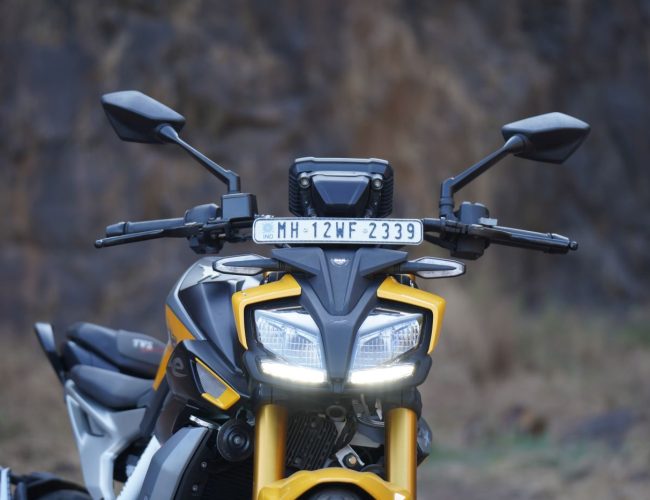
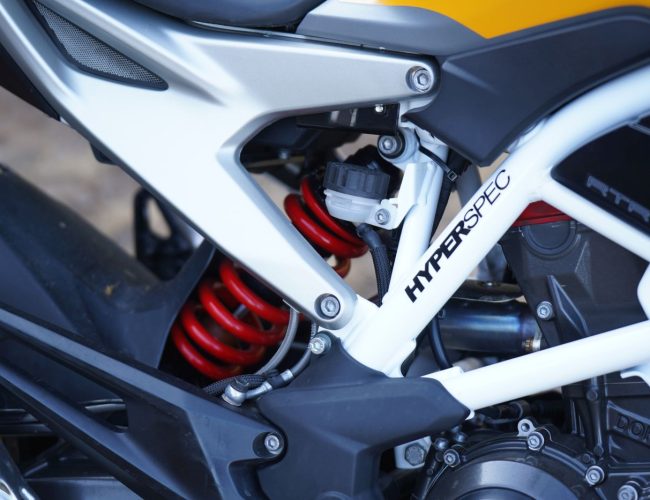
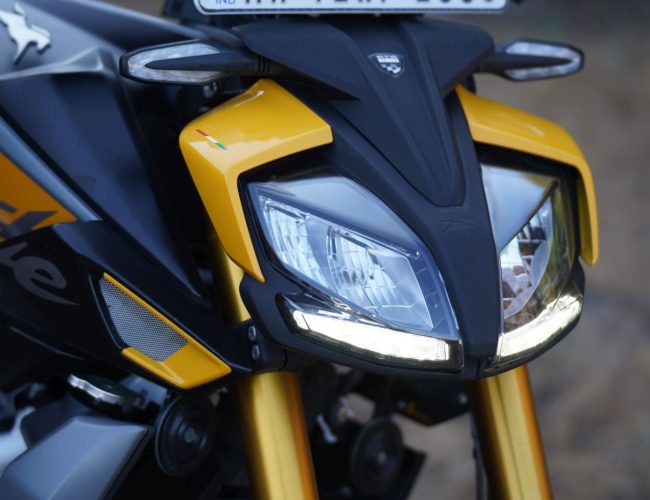
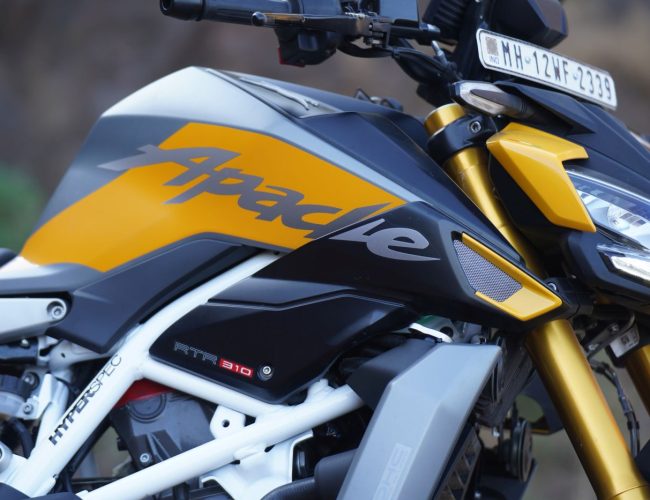
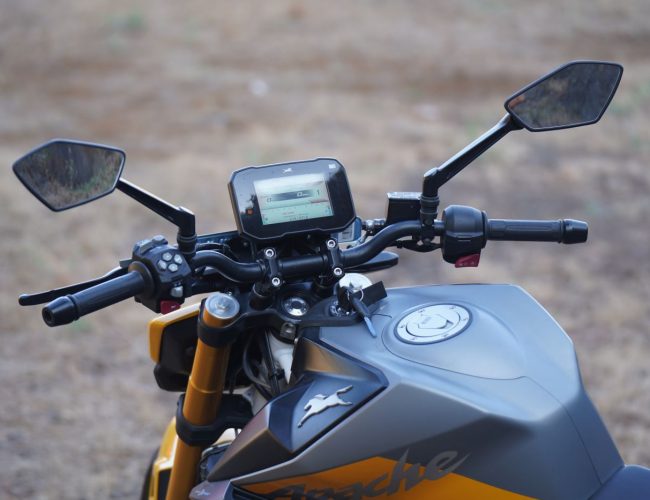
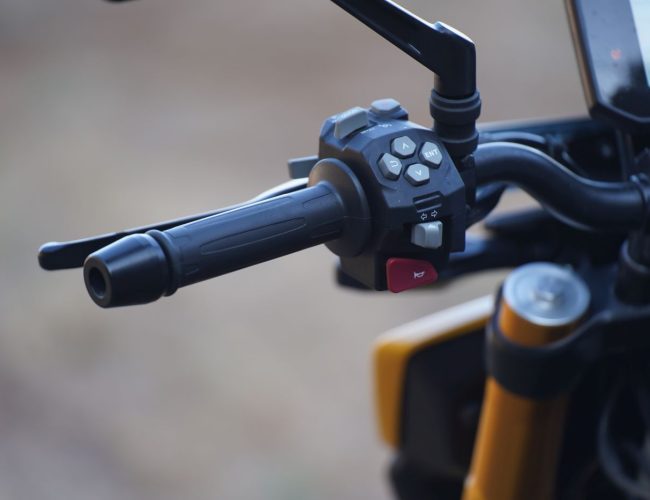
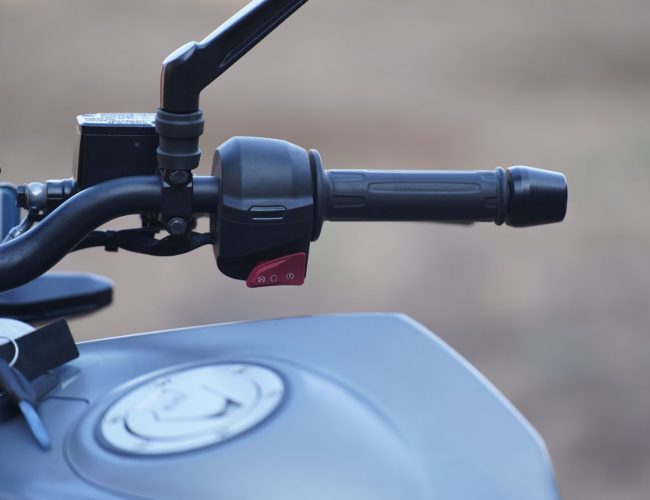
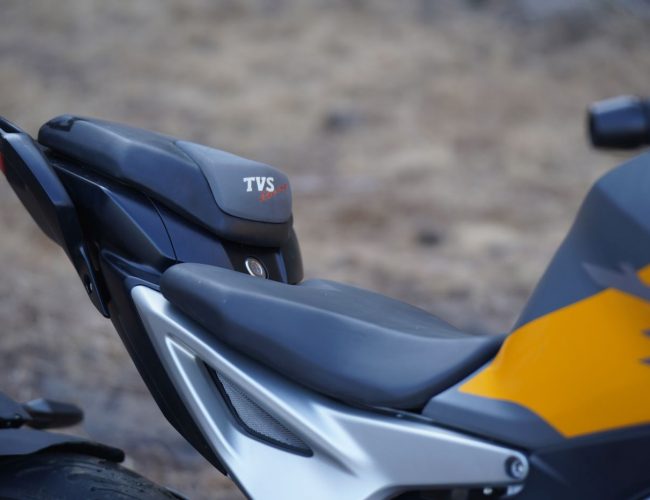
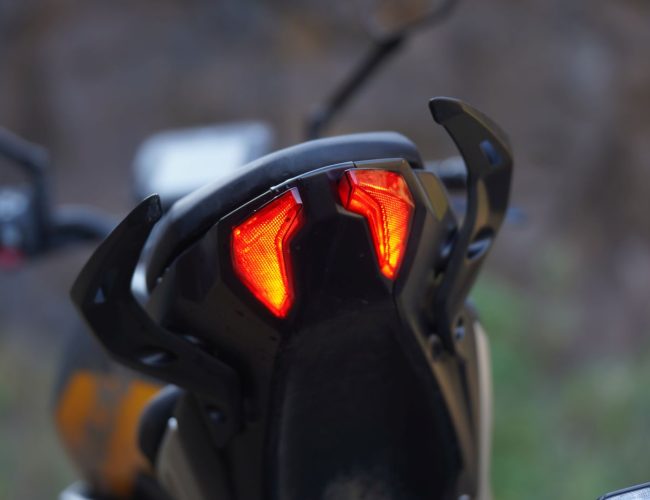
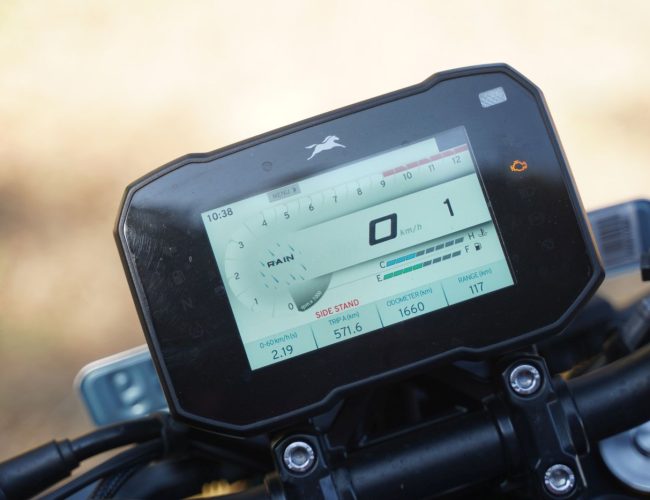
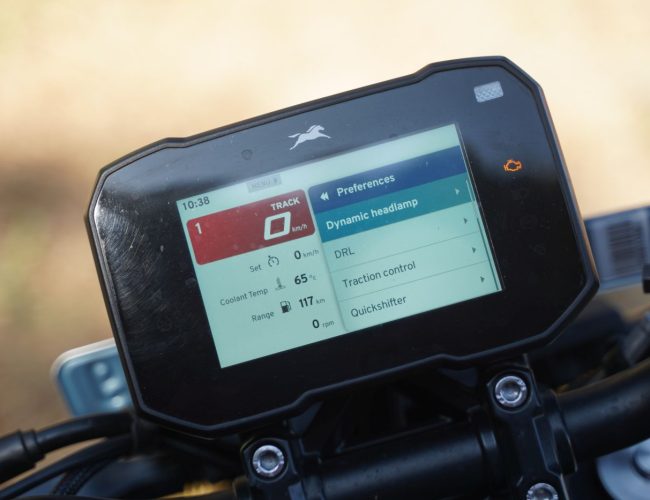

Leave a Reply